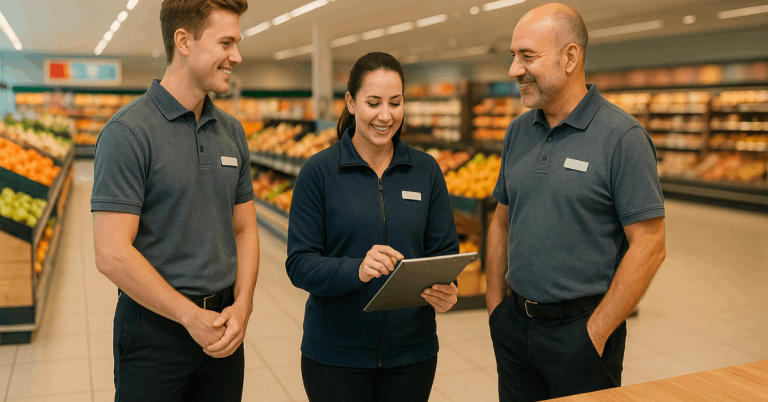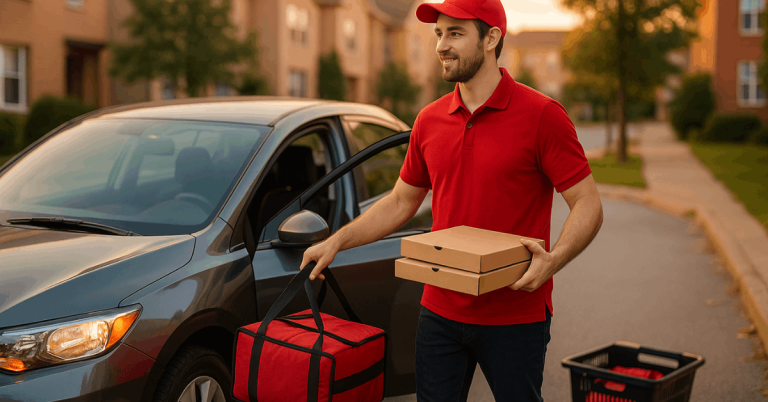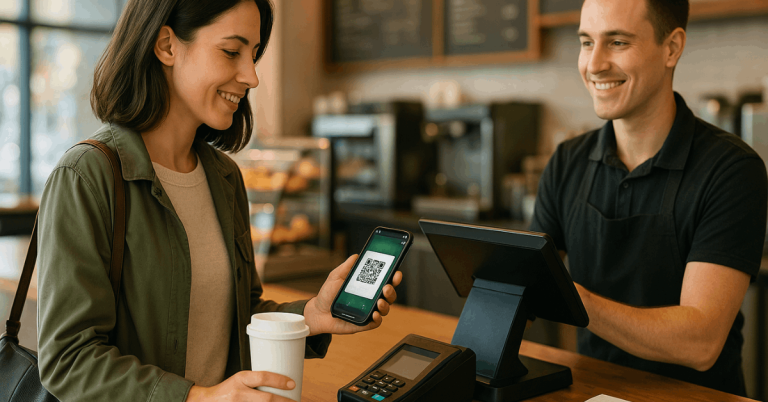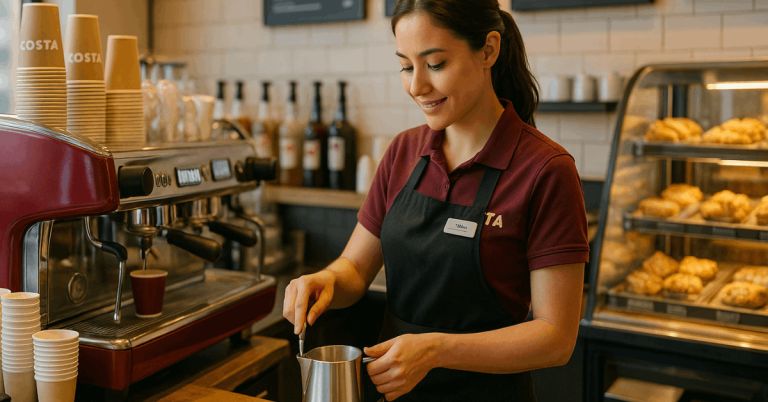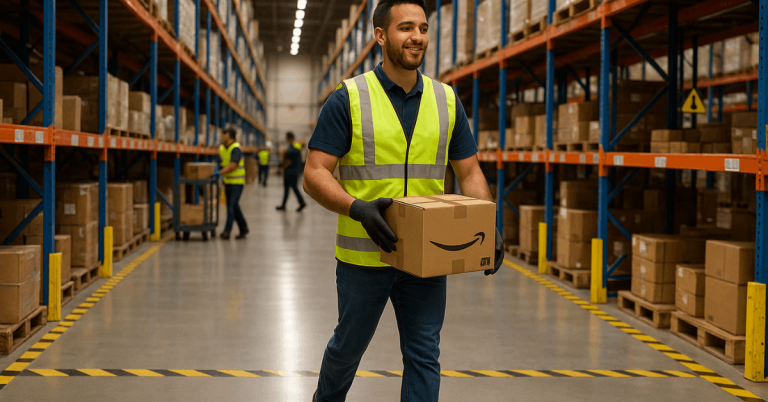In 2025, a DoorDash Driver Career can deliver consistent, flexible income when treated like a real business.
Dashers operate as independent contractors under DoorDash’s model, earn base pay plus tips and incentives, and can access instant payouts through Fast Pay for a small fee, according to DoorDash’s help center.
Across the United States, tax strategy matters just as much as on-road execution, since the IRS business mileage rate is 70¢ per mile for 2025, a material deduction for delivery drivers using personal vehicles.
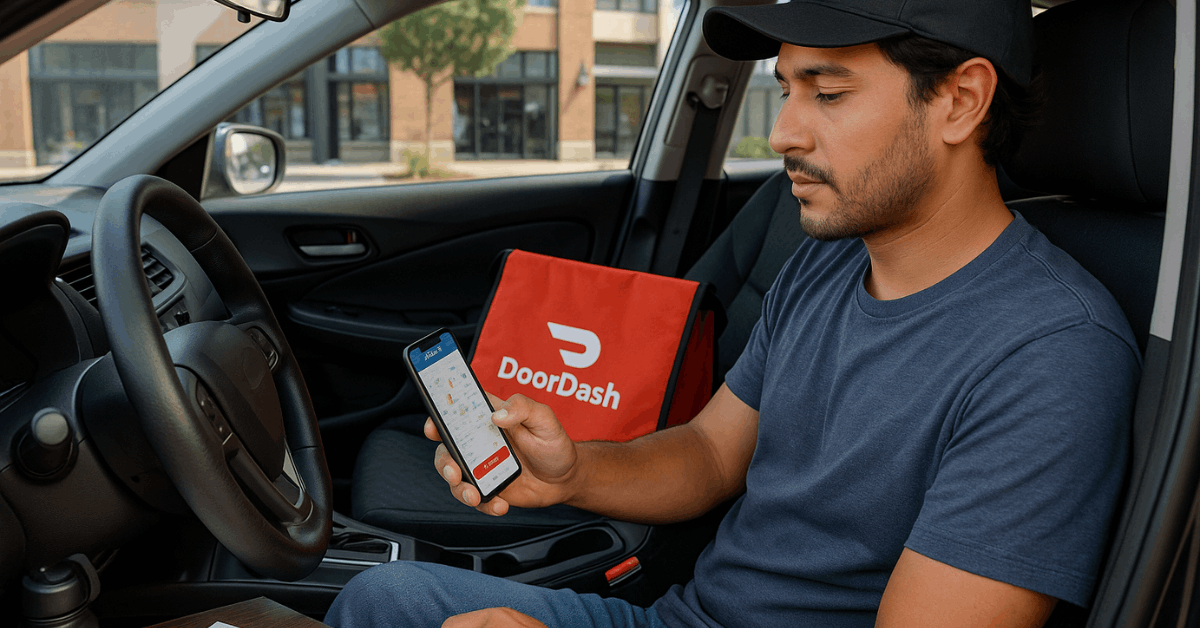
Getting Started: Eligibility, Onboarding, and Checks
Applicants sign up in minutes, submit basic identity and vehicle details, and complete a DoorDash background check that reviews driving history and criminal records before activation.
DoorDash states dashers are independent contractors who choose when and how to complete offers, reinforcing full control over methods and schedules.
As of October 31, 2025, DoorDash’s onboarding flow remains fully online in most markets, with orientation and an activation kit after approval.
What the Background Check Covers and How Long It Takes
Most checks complete in several days, although timelines vary by jurisdiction.
Applicants receive status updates and can dispute inaccuracies by supplying documentation if a report contains errors, consistent with DoorDash guidance on deactivations and appeals processes.
How Earnings Actually Work in 2025
This section frames the building blocks of dasher pay so you can forecast realistic hourly outcomes. DoorDash lists base pay, promotions, and tips as core components, while Fast Pay enables instant transfers for a fee in eligible countries. The table below summarizes the pieces involved.
| Component | What it includes | Notes |
| Base Pay | $2–$10+ per order based on time, distance, desirability | Range published by DoorDash; less popular or longer orders generally pay more. |
| Promotions | Peak Pay, challenges, and stacked incentives | Availability varies by zone and hour; watch the heat map before scheduling. |
| Tips | 100% of customer tips to the dasher | Tip transparency policy applies after earlier reforms; settlements in 2025 reinforced disclosures. |
| Fast Pay | Same-day cashout | US/Canada fee currently $1.99 per transfer per DoorDash Help. |
Best Times and Smart Scheduling
Strong earnings typically come from predictable demand waves tied to meals and late-night cravings.
Breakfast often runs 6–9 a.m. with relatively light competition, lunch concentrates around 11 a.m.–1 p.m., and dinner peaks between 5–9 p.m., with weekends magnifying orders. Many large cities also produce profitable late windows after 10 p.m., when fewer dashers work and order values skew higher.
Securing these windows early through in-app scheduling helps avoid greyed-out zones and captures DoorDash peak pay promotions when they post.
Offer Selection and the Role of Acceptance
DoorDash’s reward tiers can grant priority access to high-paying orders when certain performance metrics, including Dasher acceptance rate, remain elevated.
However, DoorDash’s policies emphasize quality and timeliness for deactivation risk, not low acceptance alone, meaning selective acceptance is a sound strategy provided completion and punctuality remain strong.
Avoid chronic lateness or repeated no-shows, since those behaviors can trigger enforcement under lateness and quality policies.
Pro Moves That Raise Hourly Earnings
A few operational habits consistently separate top-earning dashers from the pack. Use the tactics below to lift dollars per active hour without adding burnout.
Park for Options, Not for Hope
Position near clusters of restaurants rather than idling outside a single hotspot. Shorter pick-up legs reduce dead time and raise completed orders per hour.
Vet Every Offer by Dollars per Mile
Aim for payouts that average roughly $2 per mile in car markets, adjusting for traffic, parking, and handoff complexity. Short “quick hits” can justify $1 per mile when prep and drive are minimal.
Be Ready to Cancel When Waits Turn Wasteful
Restaurant delays exceeding 15–20 minutes can sink hourly earnings; after notifying the customer, cancel sparingly to protect completion metrics and move to the next viable offer.
Keep Food at Temperature and Communicate Proactively
Separate hot and cold items, use insulated bags, and send concise updates at pickup, departure, and three to five minutes before arrival. Clear messages pre-empt support issues and often raise tip sentiment.
Reset a Misbehaving App Quickly
Coverage gaps and GPS drift occasionally block offers; a quick app restart restores order flow without losing your active dash, per DoorDash support guidance.
Taxes and Write-Offs That Actually Move the Needle
Independent contractors owe estimated taxes and benefit from aggressive, compliant deductions that lower taxable income. The delivery driver mileage deduction is frequently the largest line item; the IRS standard rate is 70¢ per business mile in 2025, which generally covers fuel, maintenance, tires, and depreciation under the simplified method.
Meticulous logs, parking and toll receipts, insulated bag purchases, phone plans, and portions of device costs round out typical write-offs tied to gig delivery. Professional filers often recommend maintaining contemporaneous records inside an app or spreadsheet to withstand an audit and estimate quarterly payments accurately.
Because dashers are not employees, independent contractor taxes depend on net profit after deductions, and self-employment tax applies on that net result. DoorDash’s own contractor materials reinforce autonomy over methods and routes, which supports the business-expense posture at filing time.

Multi-Apping Without Missing Promises
Running a multi-apping strategy with Uber Eats, Grubhub, or Instacart can stabilize demand on slow nights and increase stacked efficiency when two pickups align at one merchant.
Experienced dashers accept a second order only when both ETAs remain on time; otherwise, late arrivals jeopardize ratings and can trigger lateness violations under policy.
Support, Safety, and Account Health
Unexpected roadblocks happen, wrong addresses, unreachable customers, or closed merchants after acceptance.
DoorDash maintains 24/7 support via in-app chat and phone, and deactivation appeals follow a defined process when misunderstandings occur.
Preserve documentation with time-stamped photos for drop-offs, and escalate quickly when access or safety issues arise.
Practical Checklist for the First Two Weeks
Complete onboarding, pass the DoorDash background check, and skim lateness and quality policies carefully.
- Block meal windows early, then test best times to dash across your zone for a week.
- Track every mile and deductible purchase from day one to maximize savings at filing.
- Standardize customer updates and pickup-to-drop temperature control to raise tips and ratings.
- Pilot light multi-apping strategy only after on-time performance becomes consistent on a single platform.
FAQ
Clear answers to recurring questions help set expectations and protect your account. The quick guidance below reflects DoorDash’s published materials and 2025 policy notes so you can focus on execution, not guesswork.
- Can dashing be a full-time income?
Full-time schedules remain common in dense metros with sustained demand, where base pay, tips, and promotions combine into solid hourly ranges. Earnings vary widely by city mix, travel time, parking, and order stacking proficiency. - Does acceptance rate affect deactivation?
Low acceptance by itself does not constitute a deactivation trigger under lateness-focused and quality-focused policies; that said, higher acceptance can unlock certain Dasher Rewards benefits such as priority access. - What is the current DoorDash Fast Pay fee?
DoorDash lists a $1.99 fee per instant transfer for the United States and Canada as of October 31, 2025. - Which expenses are most impactful at tax time?
Mileage at 70¢ per business mile typically dominates, followed by phone plans, gear, parking, and tolls, assuming sound logs and receipts.
Conclusion
Sustainable success in a DoorDash Driver Career comes from business discipline and on-road precision, not luck or endless hours.
Solid results flow when offers are screened by dollars per mile, meal windows are scheduled in advance, messages keep customers informed, mileage and gear are logged for deductions, and instant cash-flow tools are used wisely.
Treat the work like a small enterprise, protect account health through punctuality and completion, and scale earnings with thoughtful stacking rather than hunches.

